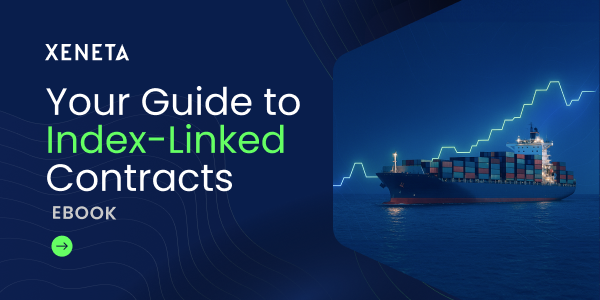
Webster's Dictionary defines efficient as “productive without waste”. Do your supply chains meet this definition? It’s a fitting question to begin the New Year, so we posed the question, “How efficient are your supply chains” to our community. Here are the results.
Room for Improvement
The results of our survey indicated that over 71% of respondents noted that there was room for improvement while 17.1% believed their supply chains were optimally connected. The remaining 11.3% was split between the response ‘inefficient and we know it’ at 8.5% and ‘avoid reviewing the status’ at 2.8%.
For those folks that noted that their supply chains were optimally connected, congratulations to you. It’s a tough task to ensure one’s supply chain is operating at optimal levels. For the rest of the respondents and for that matter, the majority of supply chains in general, efficient supply chains is the goal – reducing costs, improving times of production and accuracy as well as optimized network designs – are all needed to compete in the global environment.
Technology Helps Improve Efficiency
Technology is helping to improve supply chain efficiency. For example, a DHL spokesman recently told the Loadstar, “We believe that new technologies have the potential to improve working conditions and deliver significant productivity improvements, which, in turn, should drive the development of new services and employment opportunities.”
DHL demonstrated this by testing smart glasses and augmented reality to implement "vision picking" in warehousing operations. The findings showed that the use of smart glasses and augmented reality resulted in 25% more efficiency and with no errors compared to order pickers that did not utilize the smart glasses and augmented reality.
Efficiency is not only found in warehouses, but throughout the entire supply chain. Perhaps one of the biggest benefits that technology has provided supply chains is visibility. According to the National Institute of Standards and Technology’s Manufacturing Extension Partnership the goal of visibility is to:
- Reduce business and supply chain risk
- Improve lead times and performance
- Identify shortage and quality problems along the supply chain
Related Reading
[SURVEY SAYS] Supply Chain: What to Expect in 2030?Digital Fitness: A Prerequisite for Logistics Success
Lack of Rate Visibility Leads to SCM Inefficiency
The ocean freight market in particular has been volatile for several years with overcapacity issues looming and shipping rates that react upwards or downwards at a moment's notice.
Shippers need to ensure they are getting a competitive rate and in turn make sure they are ahead of a very volatile market to ensure supply chain flow. So far, 2017 looks like it is becoming a seller's market, however, Chinese New Year and overcapacity can change that over night. The outlook for 2017 can be very different in the coming quarters. Thus, supply chains must be optimized to guarantee speed to market.
Shipping Rates on the Rise | Have the Upper Hand
Ocean freight rates are increasing. Find out how to stay ahead of the market to make sure your freight prices are competitive and cargo flow uninterrupted.
Download our webinar, where we review shipping rates for the main global routes and you'll get answers to questions like:
- What should you be on the lookout for during your 2017 ocean freight negotiations?
- What was the price activity like for the spot market in Q4 2016 for Asia-N.Europe and Asia - North America West Coast and how are long-term rates behaving?
- Should shippers continue to wait out contract negotiations or is it getting risky?
%201.png)


-1.jpg)



